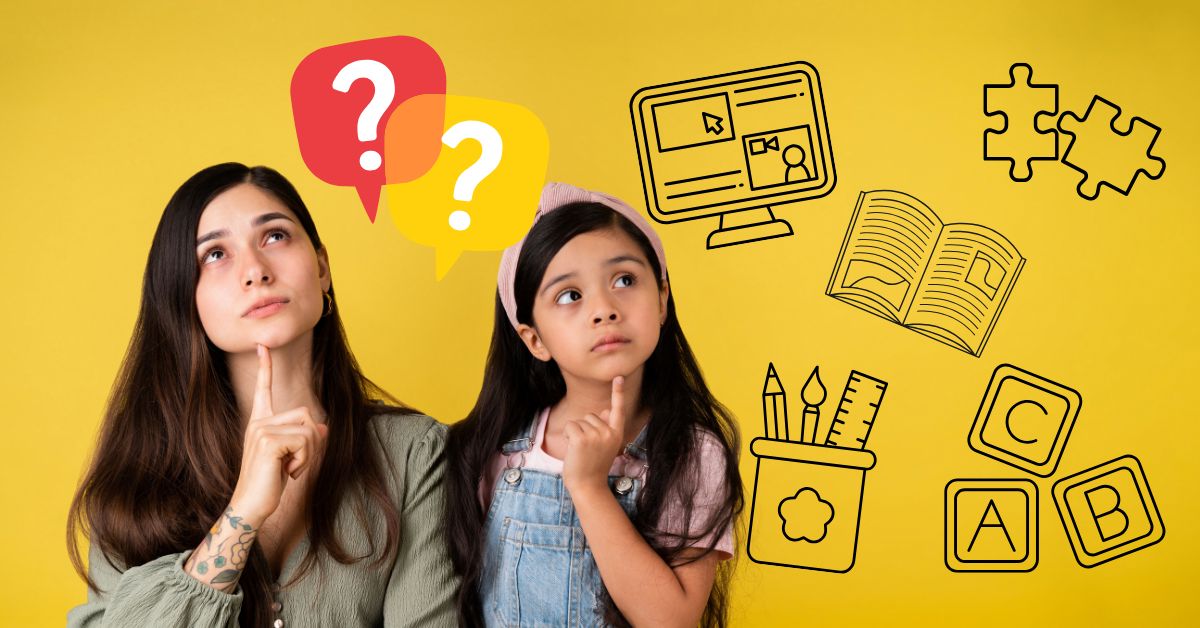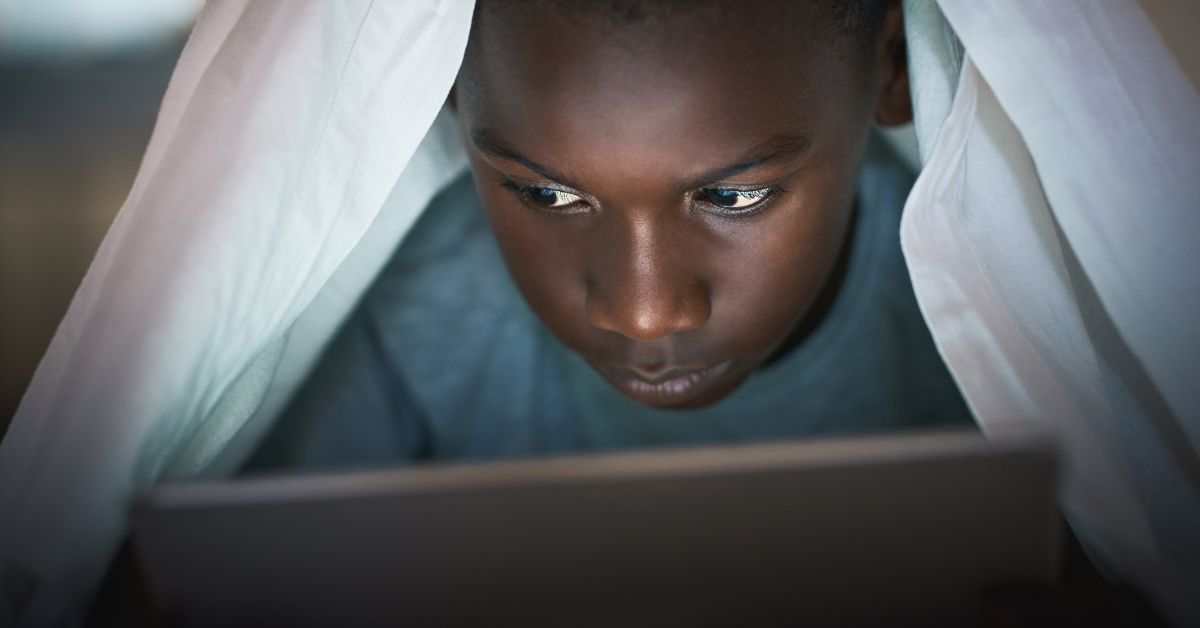Homeschooling opens up a range of educational approaches, and one of the most flexible and personalized options is unschooling. At its heart, unschooling embraces child-led learning, where children dictate the subjects, pace, and methods of their education. It focuses on nurturing curiosity, creativity, and a love for lifelong learning. For parents new to this concept, understanding unschooling basics can help you confidently support your child’s unique educational path.
Understanding Child-Led Learning
Child-led learning is the foundation of unschooling. Unlike traditional classrooms with rigid lesson plans, this approach entrusts children to follow their natural interests and curiosity. Parents take on a supportive role, creating an environment rich in opportunities to explore and learn organically. Unschooling doesn’t mean children are left to their own devices but rather that they play an active role in guiding and directing their educational experiences.
Benefits of Child-Led Learning
Child-led learning goes beyond academics, fostering personal growth and critical life skills in several ways:
- Encourages independence: Children learn to set goals, solve problems, and make decisions for themselves.
- Deepens engagement: Kids are naturally more invested in learning about topics they find exciting, making the process enjoyable and memorable.
- Boosts creativity: With fewer restrictions on how learning occurs, children are free to explore ideas in new and imaginative ways.
- Builds confidence: Following their passions and succeeding in self-directed tasks helps children trust their abilities.
- Promotes lifelong learning: By cultivating curiosity, this approach encourages a mindset of continuous discovery.
For example, a child fascinated by marine life might read books about the ocean, watch documentaries, visit an aquarium, or create their artwork inspired by sea creatures. This single interest opens doors to exploring biology, geography, art, and more.

Real-Life Applications of Child-Led Learning
Child-led learning often integrates naturally into everyday life. Here are some examples:
- A child interested in space builds a model of the solar system while learning science and math concepts like dimensions and scaling.
- A future entrepreneur hosts a lemonade stand, learning about marketing, budgeting, and public interaction in the process.
- A child passionate about storytelling creates their comic book, organically exploring language arts, design, and even physics if they experiment with motion.
This approach works by recognizing that every child is naturally curious and giving them the tools to pursue their interests.
Essential Unschooling Tips For Parents
As parents, transitioning to unschooling requires a shift in mindset and some planning to create the right environment. Here are some practical tips to help ease the process and ensure success:
- Be Open to New Perspectives
To fully embrace unschooling basics, parents must reimagine what learning looks like.
- Trust in natural curiosity: Children are natural learners who will seek out knowledge when they’re interested. Allow them the freedom to explore without a rigid structure.
- Redefine success: Instead of tracking grades or milestones, observe your child’s growth in terms of their curiosity, problem-solving, and enthusiasm for new discoveries.
- Be flexible: Interests evolve. Today’s fascination with insects might turn into tomorrow’s interest in gardening. Adapt to these changes without resistance.
- Establish an Inspiring Learning Environment
A thoughtfully designed environment enhances your child’s ability to follow their passions. Focus on these elements:
- Accessible resources: Keep books, art supplies, scientific tools, and other materials where children can easily reach them. Rotating these items regularly keeps things fresh and exciting.
- Designated spaces: Create activity zones, such as a reading corner, workshop area, or outdoor exploration zone, equipped with tools for specific interests.
- Interactive outings: Museums, libraries, outdoor trails, and community workshops provide hands-on learning opportunities that you can’t always replicate at home.
- Play the Role of Facilitator
Unschooling isn’t about leaving children to learn entirely on their own. Parents play an active role as facilitators. Here’s how:
- Provide exposure: Suggest activities that align with your child’s interests. If they’re fascinated by history, you could explore historical reenactments or online archives.
- Ask guiding questions: Prompt discussions with open-ended questions like, “What excites you about this subject?” or “How can we learn more about that?”
- Research opportunities: Stay on the lookout for local classes, online groups, or community events that could supplement your child’s passions.
- Address Common Parent Concerns
Unschooling comes with its share of worries. Parents often ask how children will develop key academic or social skills without a structured curriculum. Here’s how to overcome these concerns:
- Academics: Basic subjects often surface naturally within a child’s passions. A child interested in photography will learn math through adjusting focus and exposure, or science through understanding light and color.
- Social skills: Many unschoolers form friendships through homeschool groups, clubs, or shared extracurricular activities like sports or performing arts. Real-world interactions often replace the artificial social environment of traditional schooling.
- Future readiness: Unschooling cultivates independence, adaptability, and resourcefulness, qualities highly valued in college and the job market. Many unschoolers pursue higher education by preparing for placement exams or demonstrating their self-driven learning portfolios.
Creating A Productive Daily Rhythm
Unschooling thrives on flexibility, but having some structure can ensure that both exploration and progress happen naturally.
A balanced daily rhythm often includes:
- Morning time for outdoor exploration or brainstorming: This sparks curiosity and provides inspiration for focused activities later in the day.
- Project-based learning sessions: Allocate blocks of time for specific projects, whether that’s building a birdhouse, researching a historical period, or designing a board game.
- Family collaboration: Cooking, gardening, or even running errands together can turn into rich, teachable moments about teamwork, problem-solving, and various life skills.
- Downtime for free play or relaxation: Free play is vital for rest and creativity. Encourage activities that allow your child to recharge or daydream.
Keep your rhythm fluid. On some days, your child might spend most of their time engrossed in a single project. On others, they might bounce between topics or take time to reflect. Flexibility allows the learning process to unfold naturally.
Cultivating a Lifelong Love for Learning
Unschooling isn’t just a method of education; it’s an approach to life that inspires exploration and joy in discovering the unknown. When children direct their learning, they become more self-aware, confident, and resilient.
Here’s how unschooling basics contribute to long-term growth:
- Encourages curiosity: Unschoolers see learning as something exciting rather than a chore.
- Supports innovation: The freedom to experiment fosters innovative thinking, a skill that’s crucial for the modern world.
- Builds adaptability: Unschoolers learn to adjust when challenges arise, navigating uncertainty with confidence.
- Creates empowered learners: By choosing what and how they learn, unschoolers enter adulthood with a clear sense of agency and motivation.
This approach doesn’t just prepare children for academic or career achievements; it empowers them to approach life with curiosity, creativity, and confidence.
Overcoming Challenges in Unschooling
Like any educational method, unschooling has its hurdles, but these challenges often lead to new growth and understanding.
Common Challenges:
- Ensuring academic balance when certain essential skills (like math or writing) don’t naturally rise to the surface.
- Managing concerns from family members or friends who may not understand the untraditional nature of unschooling.
- Balancing freedom with age-appropriate guidance to ensure your child feels supported, not overwhelmed.
Solutions:
- If gaps emerge, address them through online courses, tutors, or pairing skills with interests (e.g., cooking to teach fractions).
- Build a supportive network of other unschooling families who can offer reassurance and advice.
- Always keep communication open with your child. Ask for their input on what’s working and what’s not. This collaborative approach ensures that both their needs and yours as a parent are being met.
Unschooling is about progress, not perfection. Through trial and error, you’ll find ways to adapt and evolve this approach to fit your family’s needs.
Unlocking the Potential of Unschooling Basics
Understanding and implementing unschooling basics can lead to a deeply fulfilling and personalized educational experience. By empowering your child to follow their natural curiosities, you foster a lifelong love of learning, creative problem-solving, and independence.
Each child’s unschooling path will look different, and that’s what makes it so powerful. For parents, the key is to trust in the process, offer tools and guidance, and celebrate the unique spark within your child.





